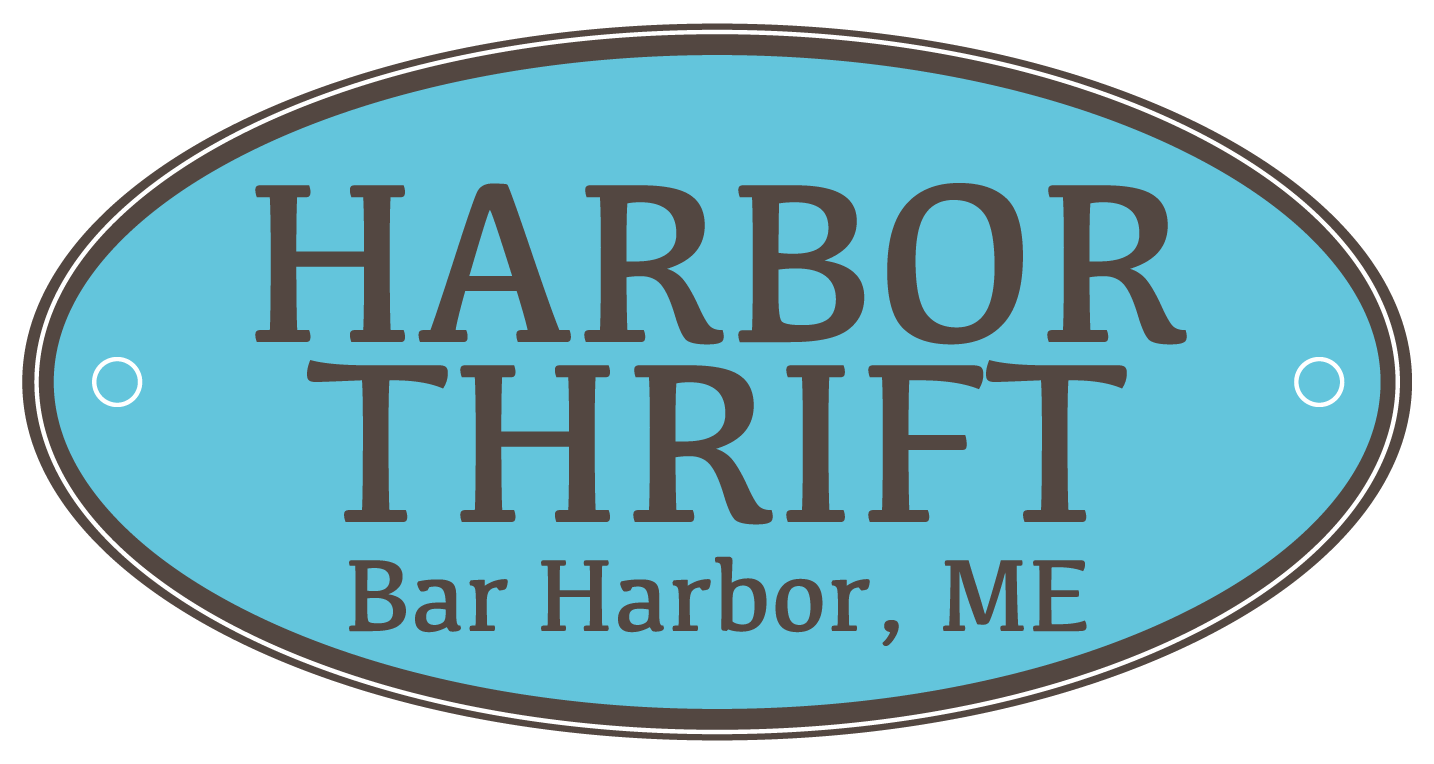Eg covalent and you can ionic securities, intermolecular relations certainly are the amount of each other attractive and you can repulsive portion. Just like the electrostatic connections fall off quickly which have growing distance anywhere between molecules, intermolecular relationships try most significant having solids and liquids, in which the particles are close together.
Ingredients on higher melting and boiling activities have covalent community bonding. In these compounds, most of the atoms from inside the an example is covalently bonded to the almost every other atoms; ultimately, the whole attempt is basically you to definitely highest molecule. A few of these ingredients is actually strong more than an enormous heat range since it takes an abundance of time to disrupt most of the covalent ties at once. One of these out of a substance that shows covalent community bonding was diamond (Contour cuatro.8), that’s a variety of sheer carbon dioxide. Within temperatures more than step three,500°C, diamond fundamentally vaporizes with the energy-phase atoms.
This type of connections be necessary for fumes only at quite high pressures, where he’s guilty of the fresh new seen deviations regarding finest fuel law in the large demands
Shape cuatro.8. Diamond. Diamond, a kind of pure carbon dioxide, possess covalent system bonding. It needs a really high heat-over 3,500°C-to own diamond to depart the fresh solid state. Source: Photos © Thinkstock
To possess interactions anywhere between different molecules, the best push between any a couple particles ‘s the ionic thread, in which a couple ions out of other charges is actually keen on for each other. Therefore, ionic interactions between dirt try an intermolecular correspondence. Ingredients that contain ionic relationships was strongly held together, therefore these compounds routinely have higher melting and you will boiling items. Salt chloride (Shape cuatro.9) is an example of a compound whose particles sense ionic relations (Table 4.2).
www.datingranking.net/de/ios-de/
Of many ingredients you to definitely experience covalent bonding exists given that distinct molecules and don’t participate in covalent network bonding. For this reason, most covalently fused particles may also experience intermolecular pushes. Such intermolecular pushes try weaker than others found in ionic connections and you will trust the new polarity of your own covalent thread. Recall that during the polar covalent bonds, the latest electrons which might be common for the a covalent thread are not common just as between them atoms in the thread. Typically, the newest atom displaying highest electronegativity attracts the latest electrons so much more firmly than another, resulting in the newest unequal discussing out of electrons about bond. It sets up a permanent dipole inside the molecule, in which you to avoid of your own molecule has a limited bad costs (??) plus one end have a partial self-confident charge (?+). This notion was illustrated into the Profile 4.ten, which shows a diagram of the covalent thread for the hydrogen fluoride (HF).
Contour cuatro.ten Polar Covalent Securities. The latest electrons throughout the HF molecule are not just as shared because of the both atoms on the thread. Due to the fact fluorine atom has actually 9 protons within its nucleus, they draws brand new negatively billed electrons from the bond more the latest hydrogen atom do using its you to proton within the nucleus. For this reason, electrons become more firmly interested in brand new fluorine atom, leading to an instability on the electron shipments amongst the atoms. The fresh fluorine section of the bond sees a partial complete bad charges (illustrated by the ?? on drawing), while the hydrogen area of the thread features a complete partial confident charge (illustrated by ?+ on drawing). Like a thread is named an effective polar covalent bond.
This type of communication is largely an effective covalent bond
The latest fluorine atom draws the electrons on bond more the brand new hydrogen atom does. The result is an uneven distribution away from electrons about bond, favoring the brand new fluorine region of the covalent thread. Thanks to this unequal delivery, new fluorine region of the covalent thread in fact plays a beneficial partial negative fees (expressed of the ?? when you look at the Figure 4.10), just like the hydrogen side of the thread, being electron lacking, performs a limited self-confident costs (conveyed by the ?+ within the Figure 4.10). Good covalent bond who’s got an irregular revealing regarding electrons are named a beneficial polar covalent bond. (A covalent bond having an equal sharing away from electrons, as in good covalent bond with the same atom on each front, is called an excellent nonpolar covalent bond.) A molecule which have an internet uneven shipments out of electrons in its covalent ties try a good polar molecule. HF is actually a good example of an excellent polar molecule.
